This 'king of fruit' garden not only brings high and sustainable value but is also a place for sightseeing and learning for many farmers in and outside the province, attracting tourists .
This ' king of fruit' garden not only brings high and sustainable value but is also a place for sightseeing and learning for many farmers inside and outside the province, attracting tourists.
That is the Gia An brand mangosteen farm located in S're U hamlet (or village 8), Dak Nia commune, Gia Nghia city, Dak Nong province. The owner of the farm is Mr. Tran Quang Dong, 64 years old, who is considered a pioneer in the organic farming model right from the start.
Land that increases the value of mangosteen
Mr. Dong’s family farm covers an area of 20 hectares, including more than 8 hectares of mangosteen (known as the “king of fruits”), the rest are other trees such as avocado, durian and some perennial trees such as black star, rosewood, and ironwood. These forests are planted around the farm, acting as a “shield” for the safe organic fruit garden.
To have a 20-hectare farm with many beautiful fruit trees like today, Mr. Dong and his wife and later their children, along with dozens of other workers, had to spend many years of sweat and effort.
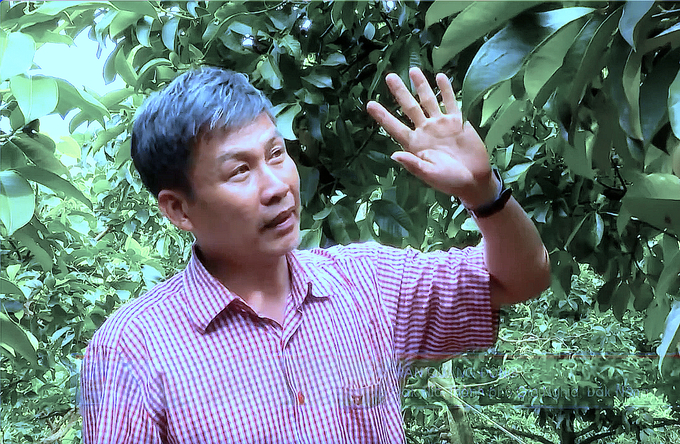
Mr. Tran Quang Dong in Gia An mangosteen garden. Photo: Hong Thuy.
“My husband and I came here from Hoc Mon (HCMC) to start a business nearly 30 years ago. At that time, this area had a large area, few people, and cheap land. As long as we had the strength, were diligent, and worked hard, we would have land and fields to cultivate. After a while, I found that the weather and climate here were very good, the soil was fertile, and very clean because not many people were cultivating it. After researching, I found that it was suitable for many types of crops, especially fruit trees. Meanwhile, since I was a child, I loved eating mangosteens. After asking around, I learned that someone had brought mangosteen trees from Ben Tre to plant here, so I took the trouble to learn more.
Mangosteen is a large tree, belonging to the Garcinia family, grown in many countries in Southeast Asia. In Vietnam, I see that this tree is mainly grown in the South. After understanding the basic characteristics of growth, weather, and soil in the mangosteen growing area in Lai Thieu (Binh Duong), I found that Dak Nong could be suitable for growing this tree, so in 2000 I started buying mangosteen seedlings to plant on an area of 1 hectare, after seeing the trees grow well, I continued to expand", Mr. Dong said.
According to Mr. Dong, mangosteen is a slow-growing tree like a forest tree, so it needs to be covered to retain water in the first 3 years after planting. The bigger the tree is, the deeper its roots will be, and it will absorb water by itself. Regarding pests, mangosteen has astringent sap, can resist some insects and pests, so prevention is not as difficult as durian or some other fruit trees.
“I do not use chemicals to prevent pests on mangosteen trees, but only spray essential oils to repel insects and protect young leaves and fruit. In addition, to prevent fruit flies, I use biological traps made of perforated plastic bottles, smeared with biological products on the outside, and hung on the tree trunk to attract fruit flies,” said Mr. Dong.
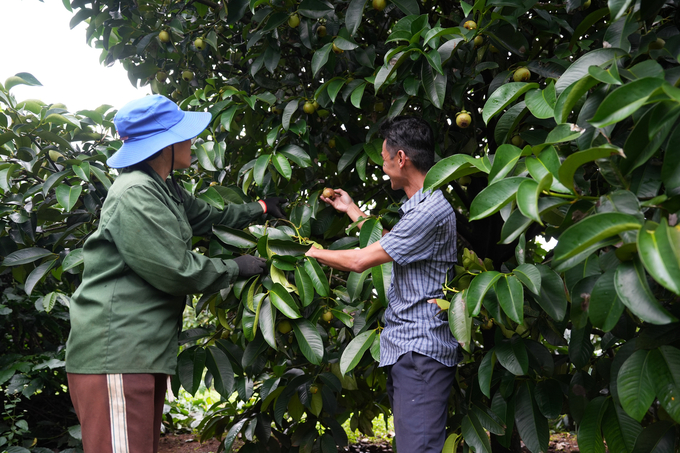
Mr. Dong's mangosteen garden is safe for consumers as it is cultivated with completely natural products. Photo: Hong Thuy.
Mr. Dong said that Dak Nong is very suitable for long-term crops such as coffee, durian, and mangosteen. Another special feature is that due to the characteristics of the weather, climate, and altitude, mangosteen and durian trees grown in Dak Nong often bear fruit and are harvested a few months later than in other provinces.
“Here, the trees start to flower around April, when the season in other regions has ended, here the harvest begins. This is a huge advantage for gardeners. Especially when the products have a certificate of origin and brand,” Mr. Dong assessed.
Export prices are several times higher
Right from the beginning of growing mangosteen, Mr. Dong firmly believed in making products that ensure quality, even though at that time the concept of organic was quite strange, and he himself did not know what the organic process was.
“In the past, I used to witness people growing vegetables around their houses using untreated manure, which was stinky and polluted, and smelling the stench all day gave me a headache. Not to mention, they sprayed pesticides and growth stimulants indiscriminately, and only sold those vegetables, but they ate the vegetables they grew separately. But even if they didn’t eat them, they and the people around them, first their family members, then their neighbors, and then the consumers, would unknowingly buy vegetables contaminated with toxic fertilizers and pesticides. So when I came here to farm, I always told myself to do it properly so that I wouldn’t feel guilty. More importantly, I did it for myself, for my family to eat and be healthy,” Mr. Dong confided.
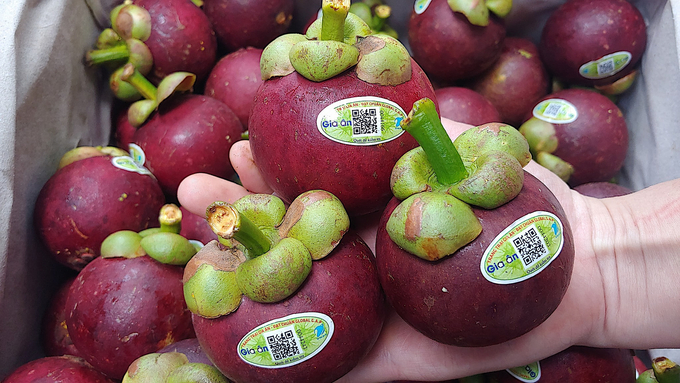
In addition to exporting to the Netherlands, Gia An mangosteen is only enough to supply major markets such as Da Lat, Hanoi, and Ho Chi Minh City. All products are labeled with traceability. Photo: Hong Thuy.
At first, he only cultivated “cleanly” according to his understanding, which meant limiting the use of chemical fertilizers, composting manure, and not using toxic chemicals or pesticides. He only cleared the trees and weeds around the base of the trees, allowing them to grow in the rest of the area, with the aim of creating a favorable environment for insects to live and keeping the soil moist.
Therefore, after being instructed by the authorities on safe farming procedures, he followed them and found that they were not much different from what he had been doing for a long time. In 2013, he began to be instructed on farming according to the GlobalGAP process and from 2016 to now, every year his mangosteen garden has met global clean farming standards. Currently, the mangosteen products of his Gia An farm are one of the few agricultural products of Dak Nong province to be recognized as 4-star OCOP.
Mr. Dong said that farming according to GlobalGAP standards, in addition to mastering the techniques, requires regular monitoring of the steps in the process, from land preparation to care, harvesting, transportation and preservation.
“Each stage of the plant, from flowering, fruit setting to harvest, will be divided into many times, each time has a different formula for fertilizing and watering. Then when harvesting, the same thing happens, the exported products must meet certain criteria, all are specified in detail, specifically and fully recorded in the diary. From this diary, we can accurately assess the quality of the product and if an incident occurs, we can trace the diary to find out where the error came from,” said Mr. Dong.
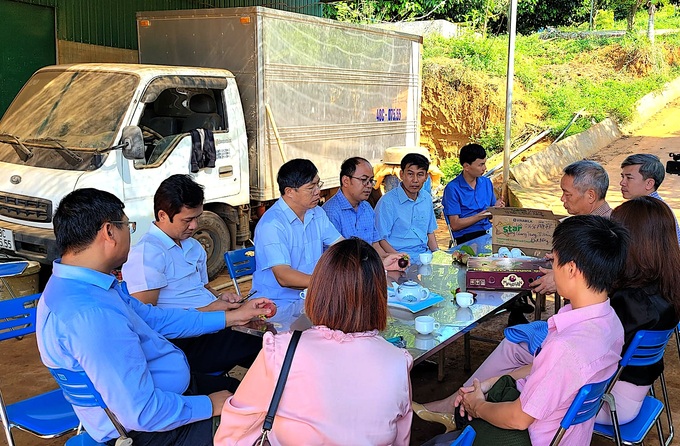
Gia An Farm is a destination for many groups of visitors, including tourists, students, farmers and agricultural officials to visit and learn from experience. Photo: Hong Thuy.
For many years now, Gia An mangosteen products have been partly purchased by a company for export to the Netherlands at prices 3-4 times higher than domestic prices, the rest are sold in major domestic markets such as Ho Chi Minh City, Hanoi, Da Lat, Da Nang. All are labeled with traceability and the price is also higher than the market price...
“If you want to develop sustainably and increase product value, and be accepted in high-end markets at home and abroad, there is only one way, which is to make beautiful products from the inside out. That means beautiful appearance, delicious taste and safety. And to do that, it is mandatory to cultivate according to organic processes,” Mr. Tran Quang Dong emphasized.
Source: https://nongsanviet.nongnghiep.vn/trang-trai-trai-cay-vua-canh-tac-huu-co-xuat-khau-gia-cao-chot-vot-d409557.html


![[Photo] Readers line up to visit the photo exhibition and receive a special publication commemorating the 135th birthday of President Ho Chi Minh at Nhan Dan Newspaper](https://vphoto.vietnam.vn/thumb/1200x675/vietnam/resource/IMAGE/2025/5/17/85b3197fc6bd43e6a9ee4db15101005b)

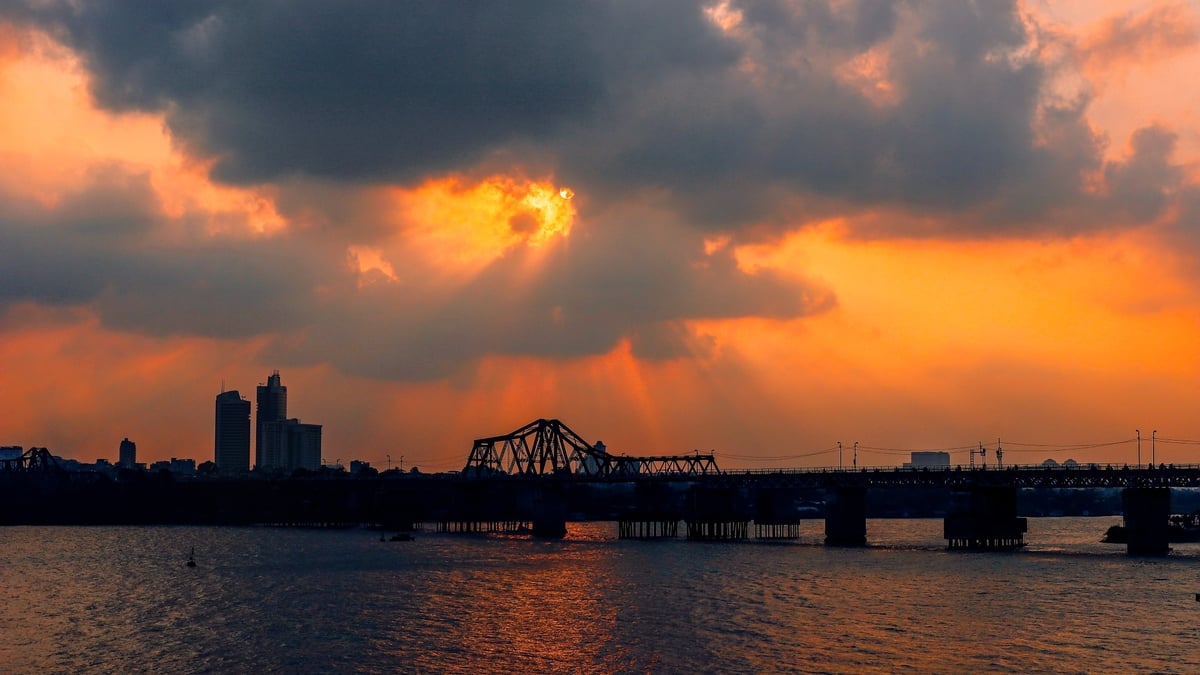

![[Photo] Nearly 3,000 students moved by stories about soldiers](https://vphoto.vietnam.vn/thumb/1200x675/vietnam/resource/IMAGE/2025/5/17/21da57c8241e42438b423eaa37215e0e)
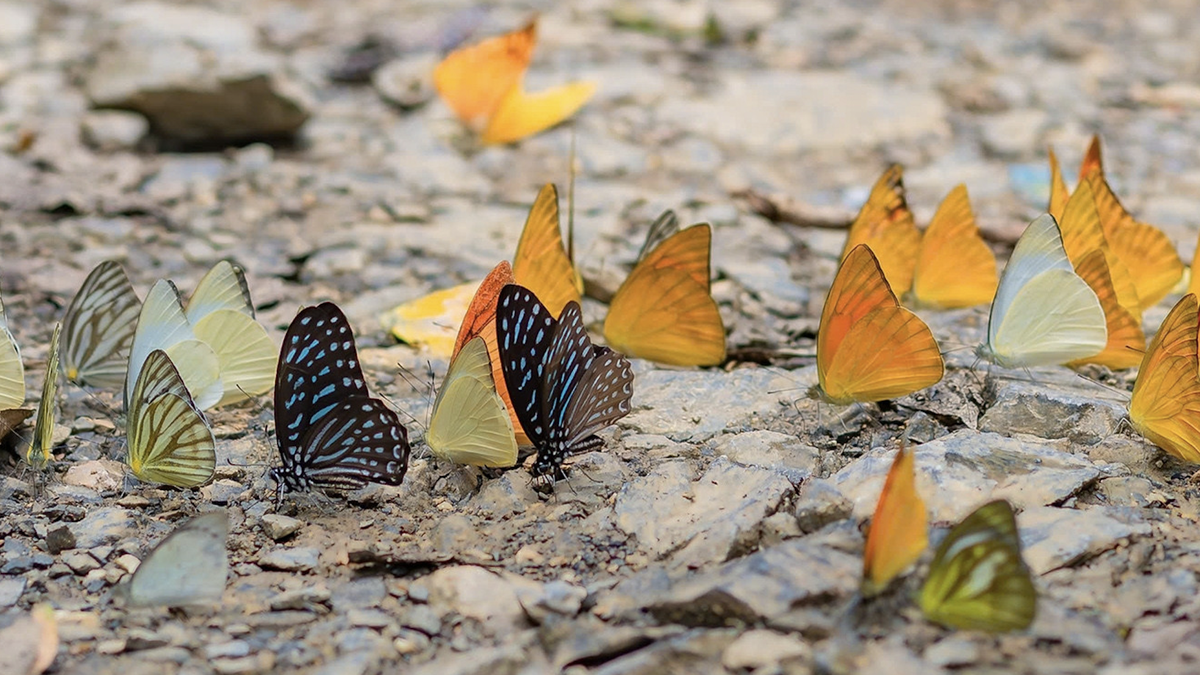


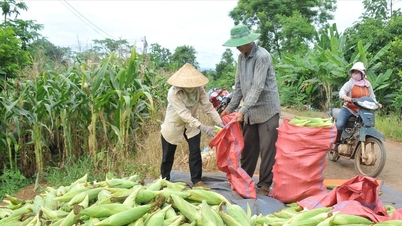
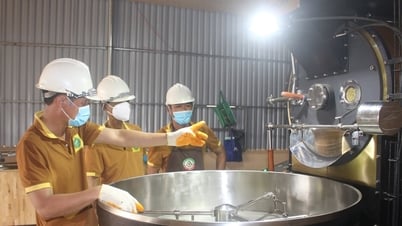
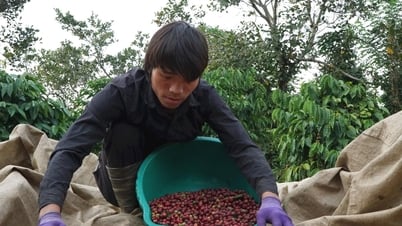
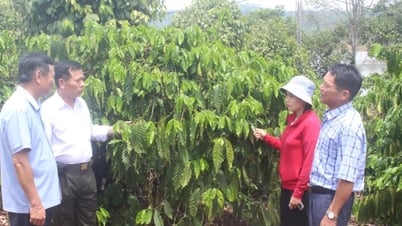







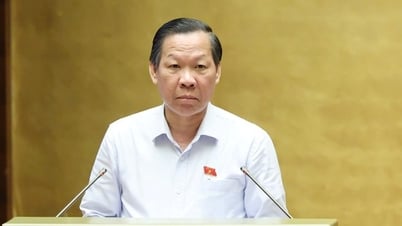





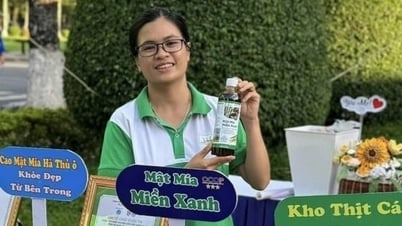
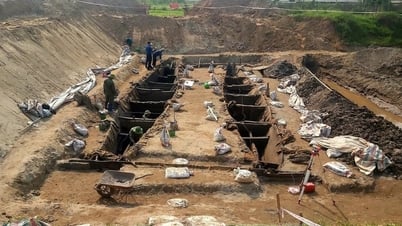

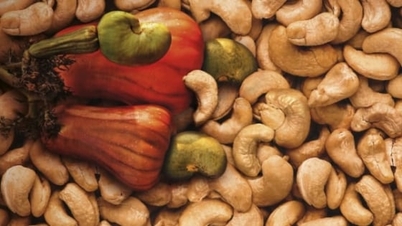
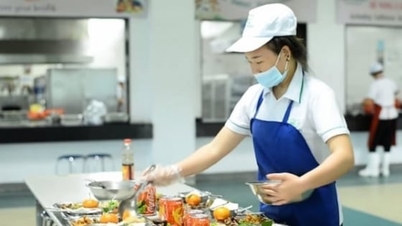
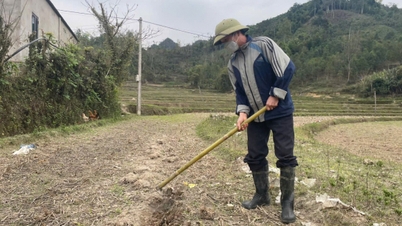
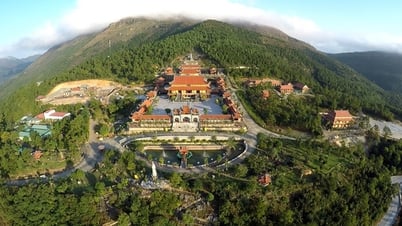

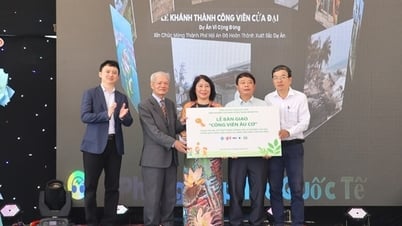





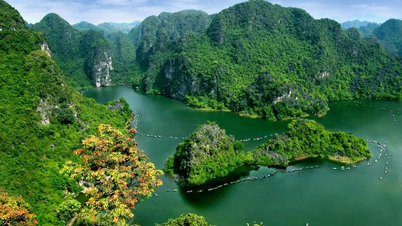

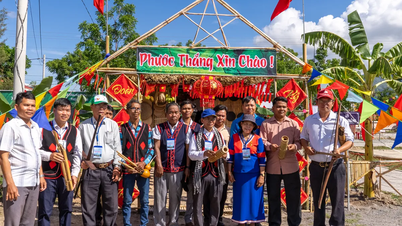






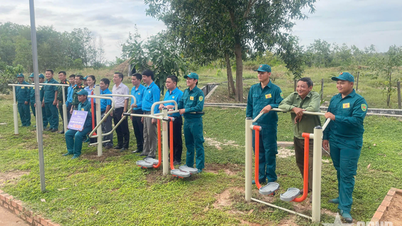





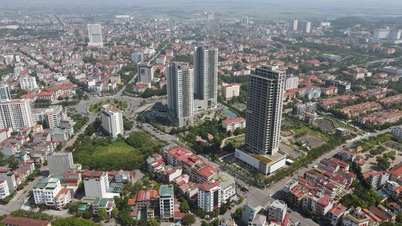
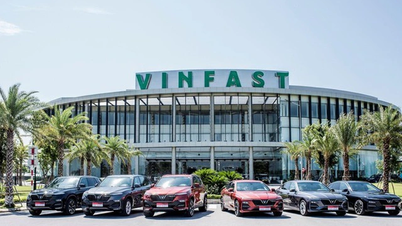









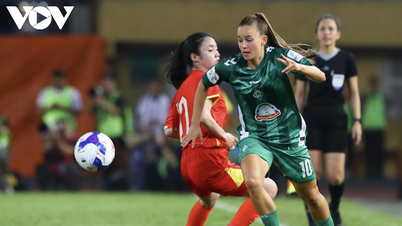

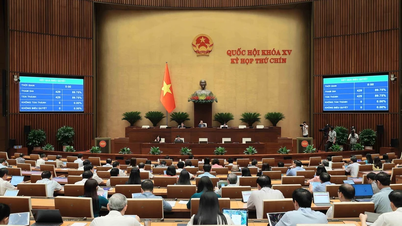

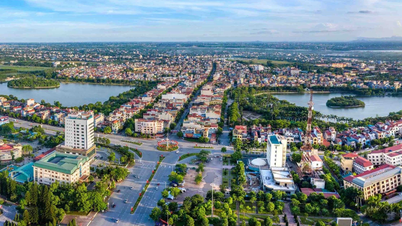



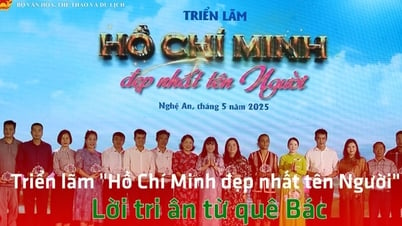




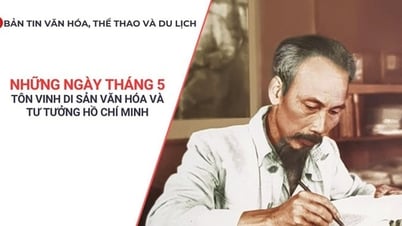
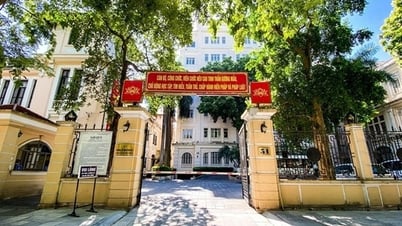
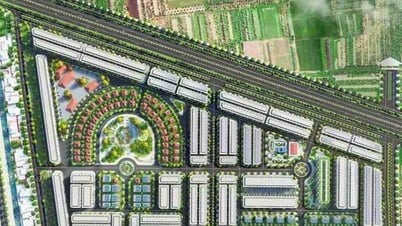
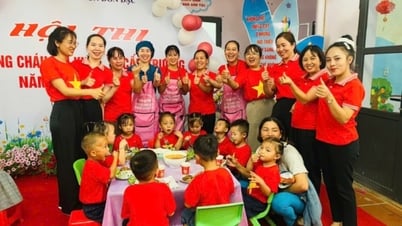





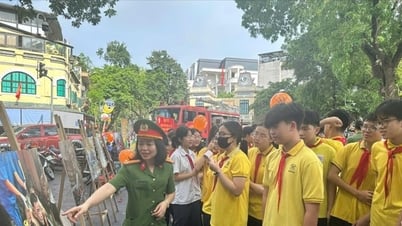
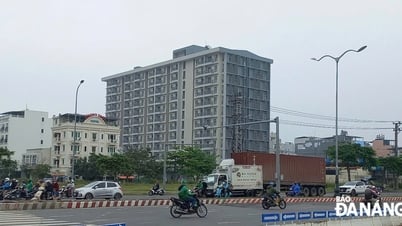

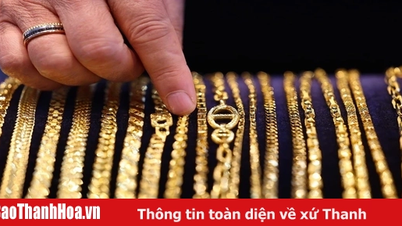








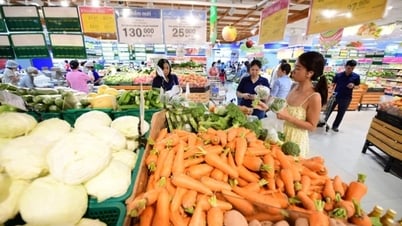

Comment (0)